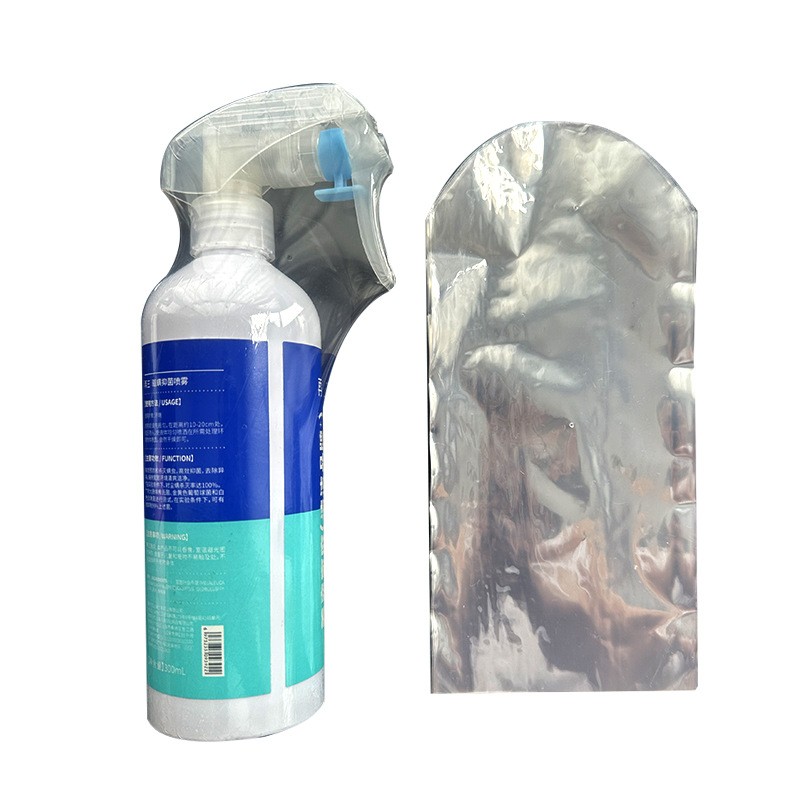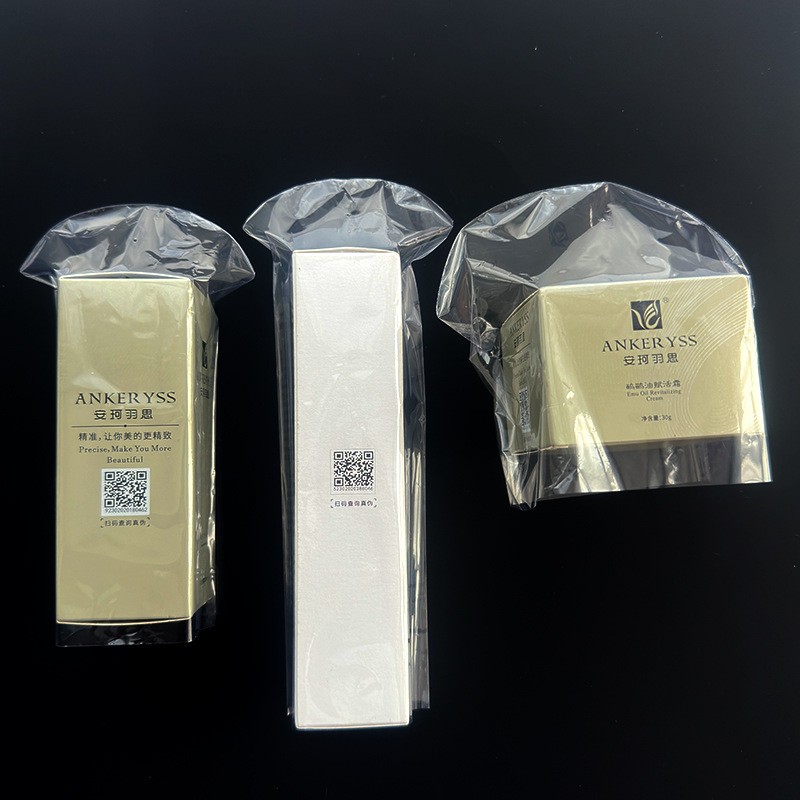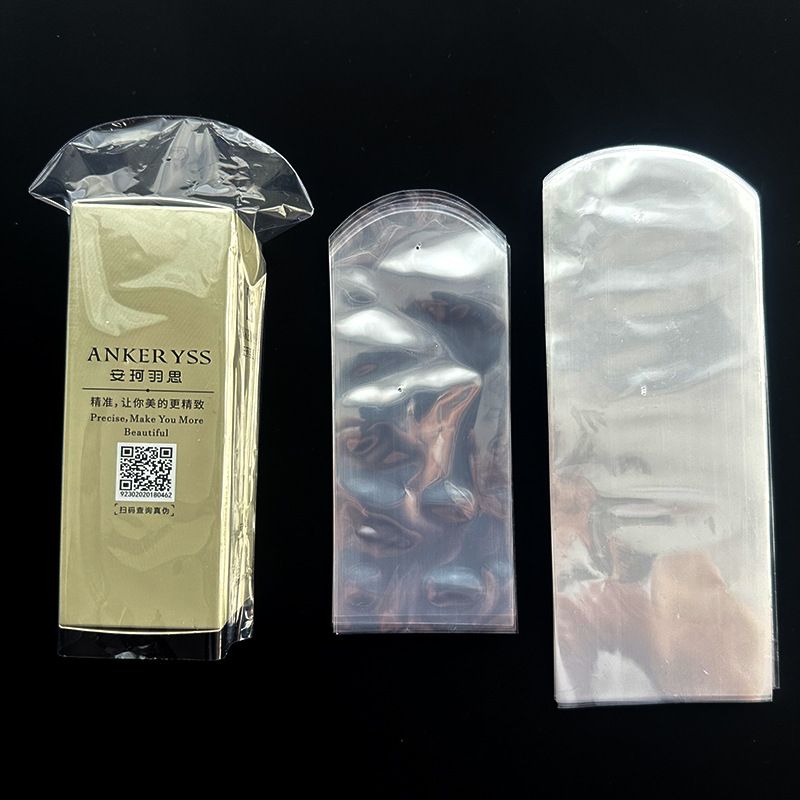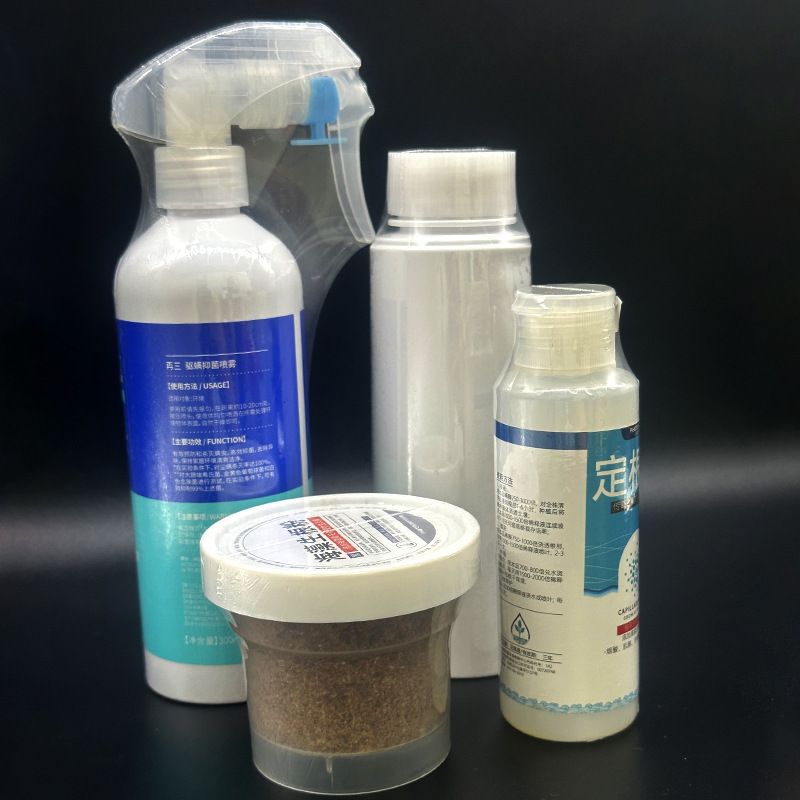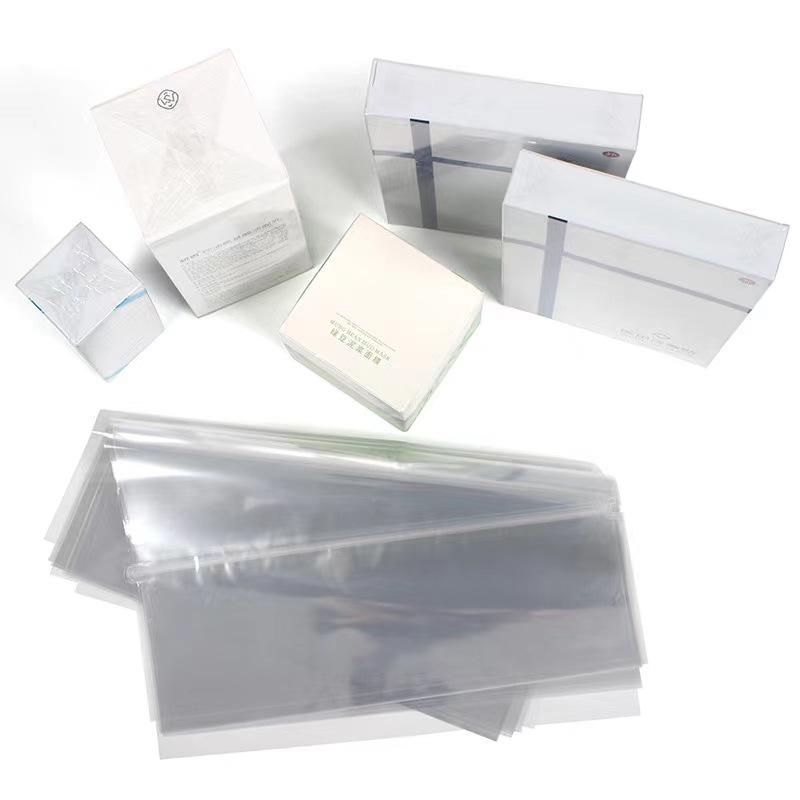Heat Shrink Wrap for Packaging
Send Inquiry
At its core, heat shrink wrap is a plastic film made from materials such as polyolefin or PVC that, when subjected to heat, contracts tightly around the products it encases. The mechanisms underpinning this contraction are governed by the thermoplastic properties of the material, allowing it to mold seamlessly around irregular shapes. This adaptability makes heat shrink wrap an ideal option for packaging a diverse range of items, from food products and electronics to retail goods and pharmaceuticals.

One of the primary advantages of heat shrink wrap is its outstanding protective qualities. The application of heat creates a snug fit around the product, providing a barrier against environmental factors such as moisture, dust, and harmful UV rays. This protective feature is particularly significant in industries such as food packaging, where containment is crucial to prolonging shelf life and ensuring consumer safety. Furthermore, the hermetic seal formed by shrink wrapping reduces the likelihood of tampering, thus assuring consumers of product integrity.

In addition to its protective benefits, heat shrink wrap for packaging also contributes to the aesthetic presentation of packaged goods. The clarity of the film allows for the display of the product underneath, making it an attractive option for retail environments where visual appeal influences purchasing decisions. With the capability for custom printing and branding, businesses can leverage heat shrink wrap to communicate their brand identity effectively, further enhancing the consumer's shopping experience.

The versatility of heat shrink wrap for packaging also extends to its use in bundling products together, providing additional convenience for consumers. This method is commonly employed in industries such as beverage packaging, where multiple items, such as cans or bottles, are bundled securely together. Such applications facilitate easier transportation and display, ultimately enhancing logistical efficiency.

 English
English Español
Español Português
Português русский
русский Français
Français 日本語
日本語 Deutsch
Deutsch tiếng Việt
tiếng Việt Italiano
Italiano Nederlands
Nederlands ภาษาไทย
ภาษาไทย Polski
Polski 한국어
한국어 Svenska
Svenska magyar
magyar Malay
Malay বাংলা ভাষার
বাংলা ভাষার Dansk
Dansk Suomi
Suomi हिन्दी
हिन्दी





